Sasha Maria Suarez on revitalizing Indigenous languages
UW-Madison history professor Sasha Maria Suarez describes programs by tribal nations, K-12 schools and higher education institutions to teach Wisconsin's Indigenous languages to learners of all ages.
By Erica Ayisi | Here & Now, ICT News
June 12, 2025

VIDEO TRANSCRIPT
Sasha Maria Suarez:
There's a wide array of initiatives that take place, both on reservation lands and off in places like Madison and Milwaukee. It really runs a range in terms of the outreach, in terms of which ages are being offered these initiatives. In a way, many revitalization efforts are about trying to ensure that from our youngest moments — from childhood — children have access to their languages and they're learning those languages as a first language. So, there are immersion-based education programs and schools, language nests for children who are perhaps too young to attend even kindergarten, where they are only really instructed in Indigenous languages, be it Ojibwe or Menominee. And there, those children start to — in their most developmental phases, as they're learning to talk — they are learning their languages. In addition to that, the kind of official schools — so, I would be remiss not to mention Waadookodaading, which is a very well-known Ojibwe immersion school where students receive instruction entirely in the Ojibwe language across all school subjects. There are other examples of this kind of programming taking place as well, as a variety of different programs that are not necessarily immersion schools but are designed to help second-language learners who maybe didn't grow up with the language, who are learning it when they're older — so, late teenagehood, early adulthood, late adulthood. A lot of these programs are specifically connected to tribal institutions like tribal colleges, and also University of Wisconsin, the University of Wisconsin systems as well, which allow community members to access education even if they didn't have access when they were younger. This creates a community-wide process of people engaging with language on a regular basis. It creates accessibility to have people who have gone through these programs, who many times go back and also start doing this work and coming up with new programs that can be used both, locally within tribal nations' reservations, but also can reach out to tribal members who maybe don't live on the reservation — which is another important thing that I think language revitalization has started trying to do, which is connect speakers from reservations to tribal members who live off reservation and ensuring they also have access to language education.
This report is in collaboration with our partners at ICT, formerly Indian Country Today.
 Passport
Passport
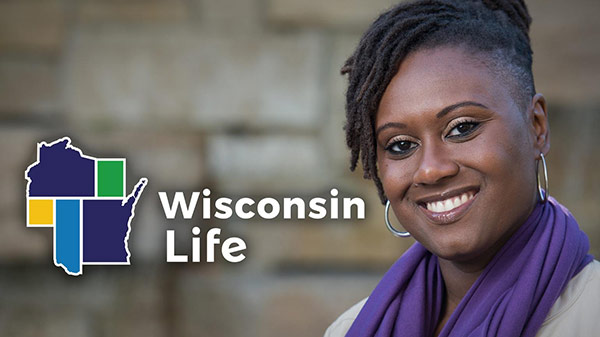
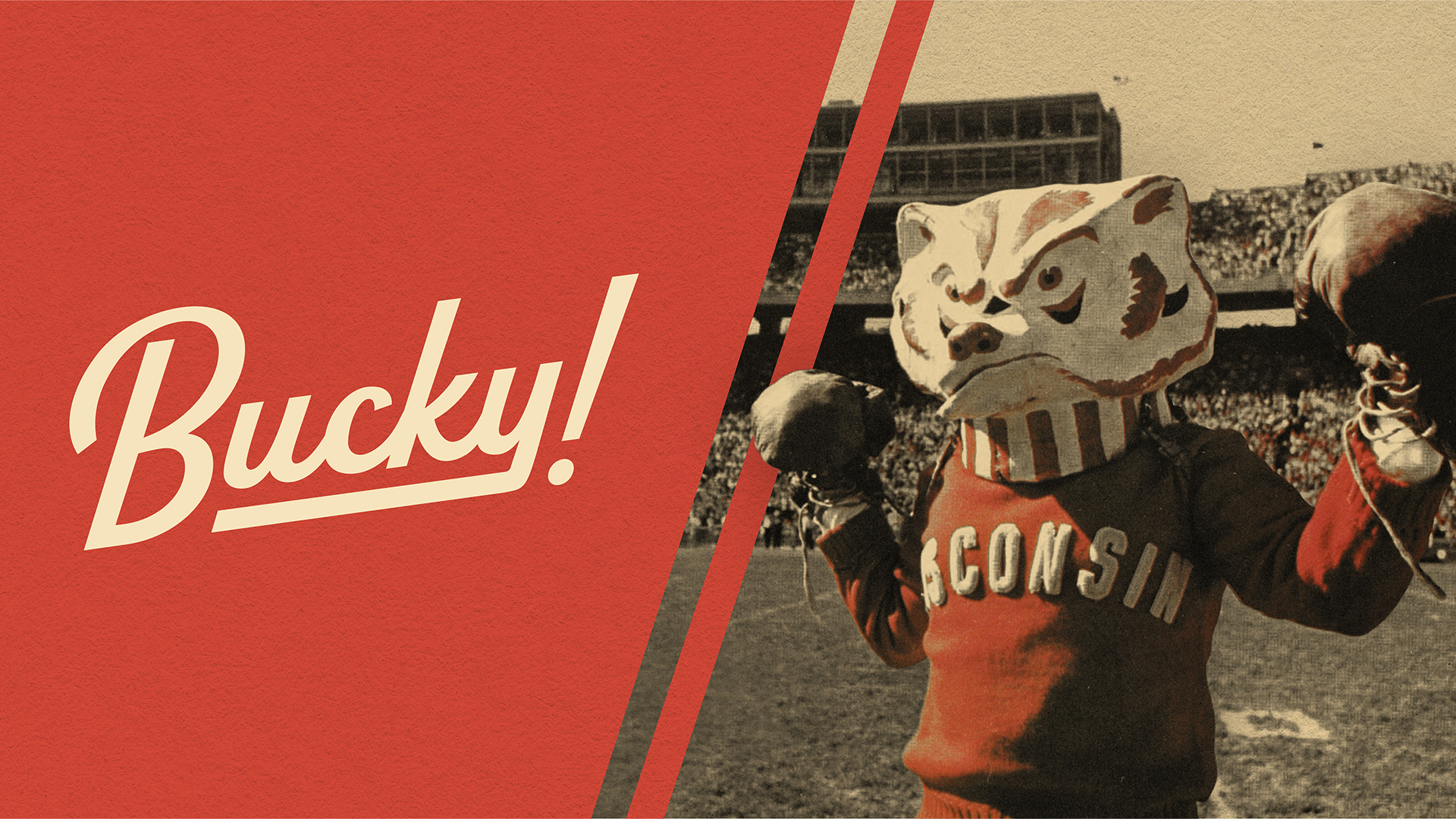
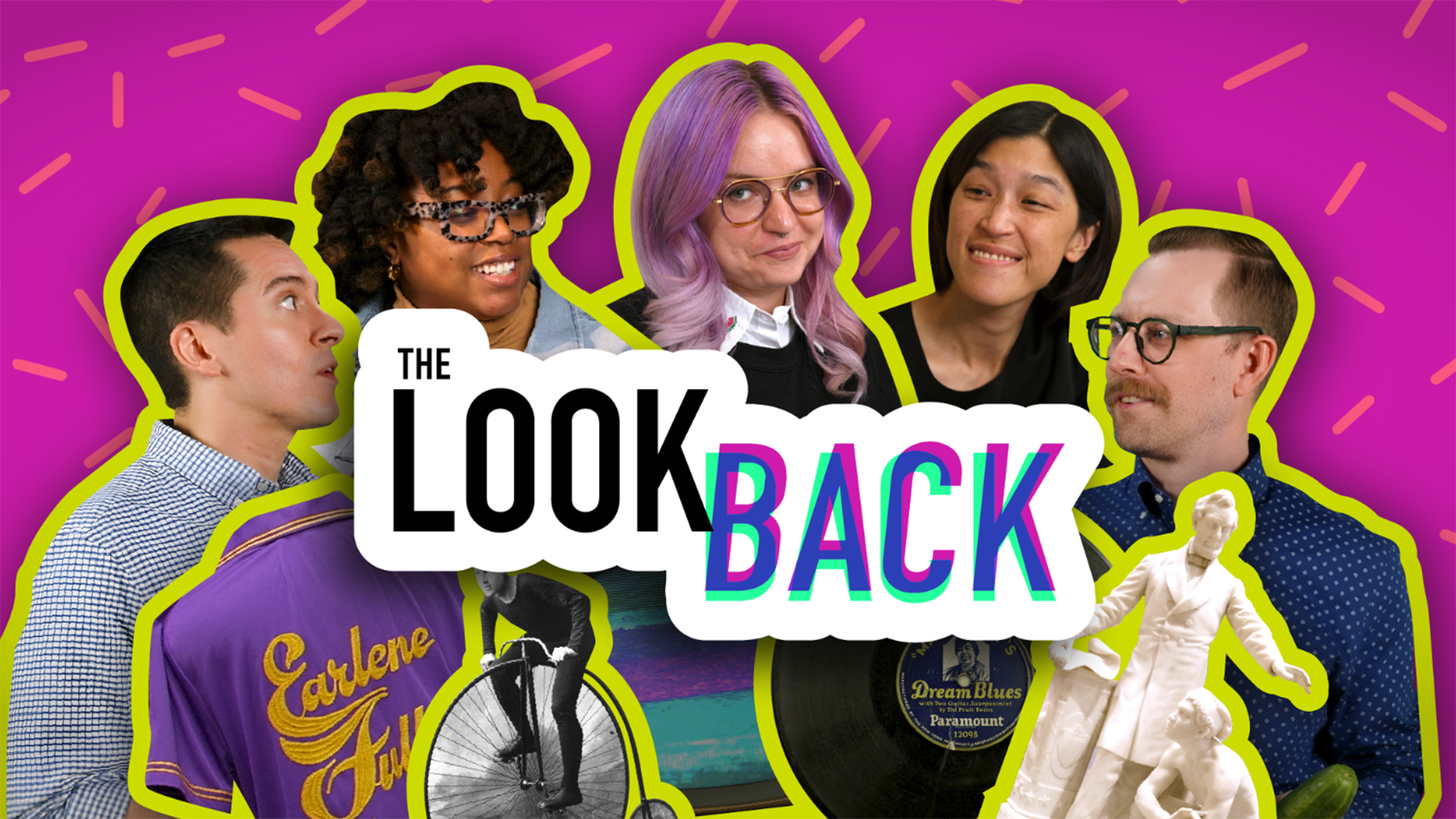

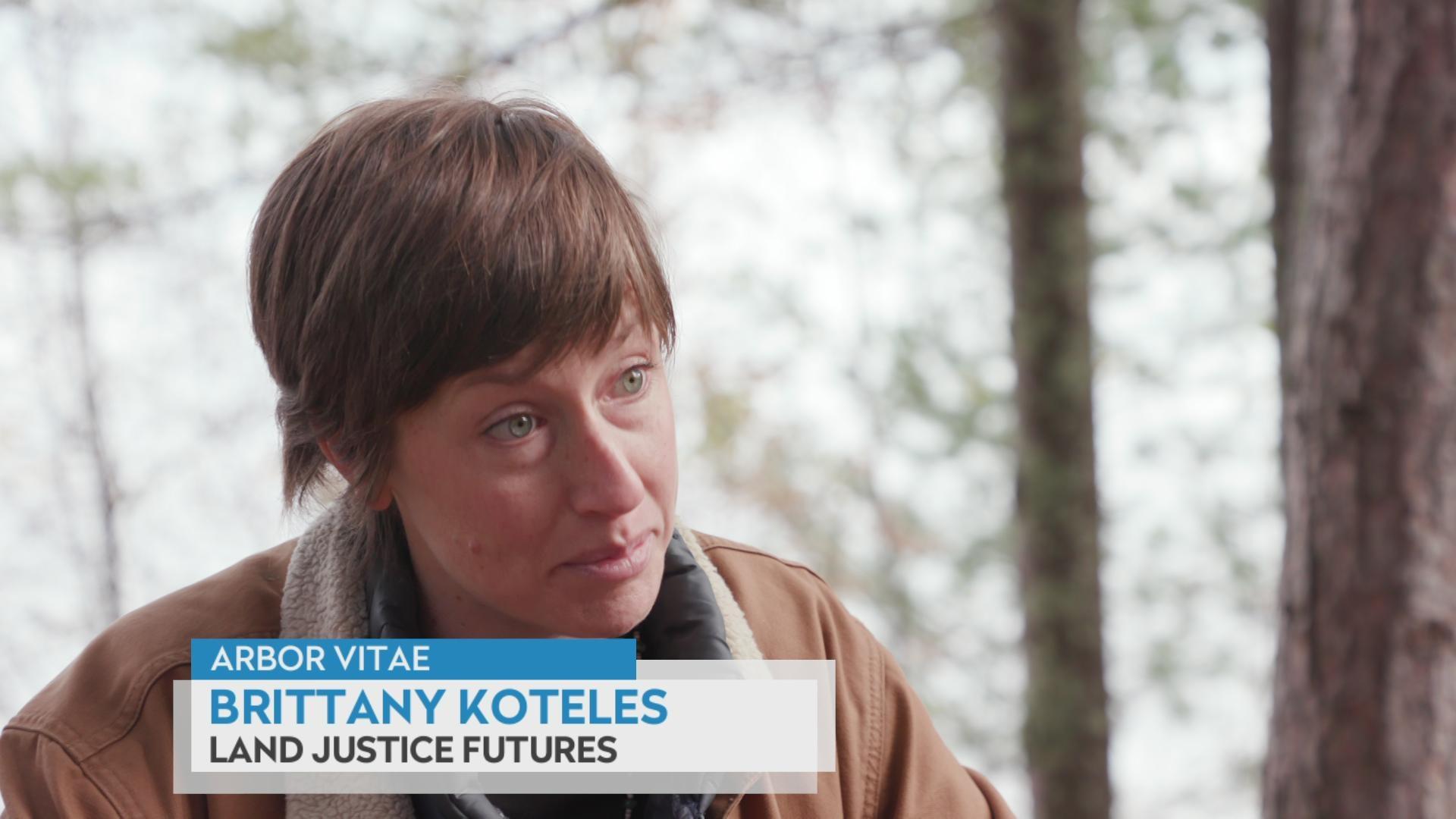
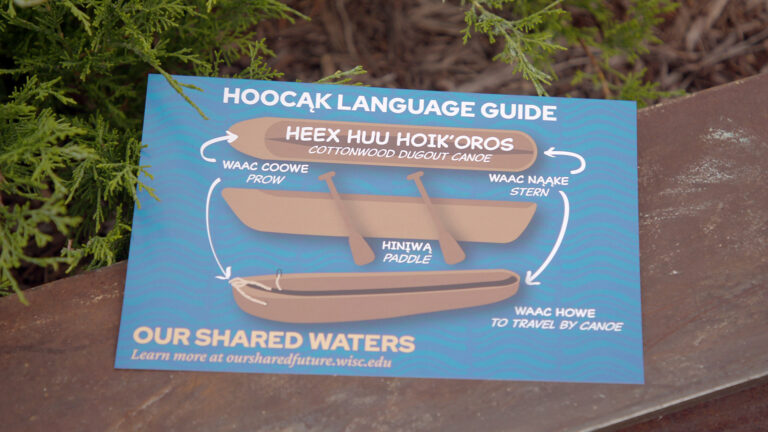
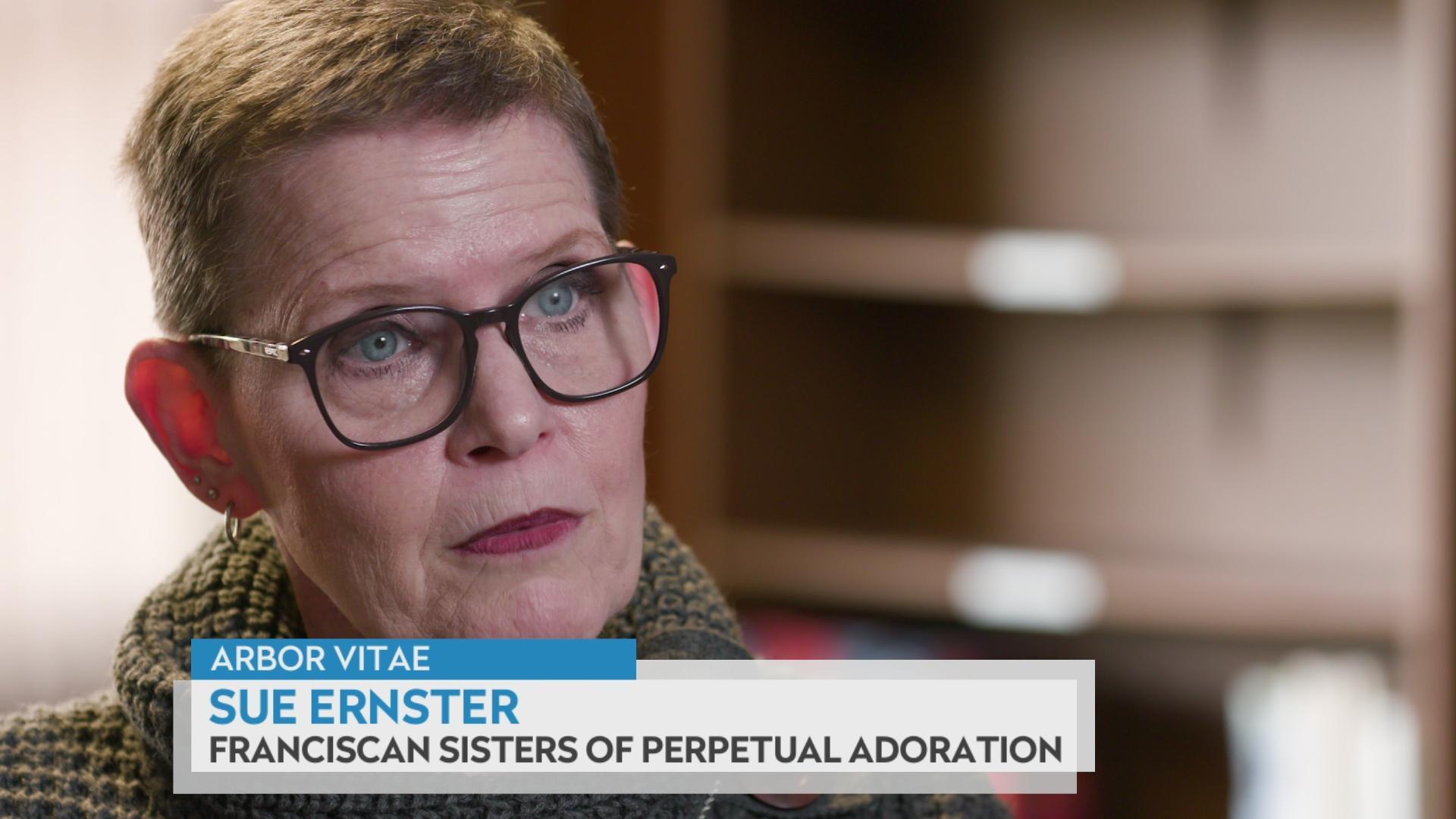
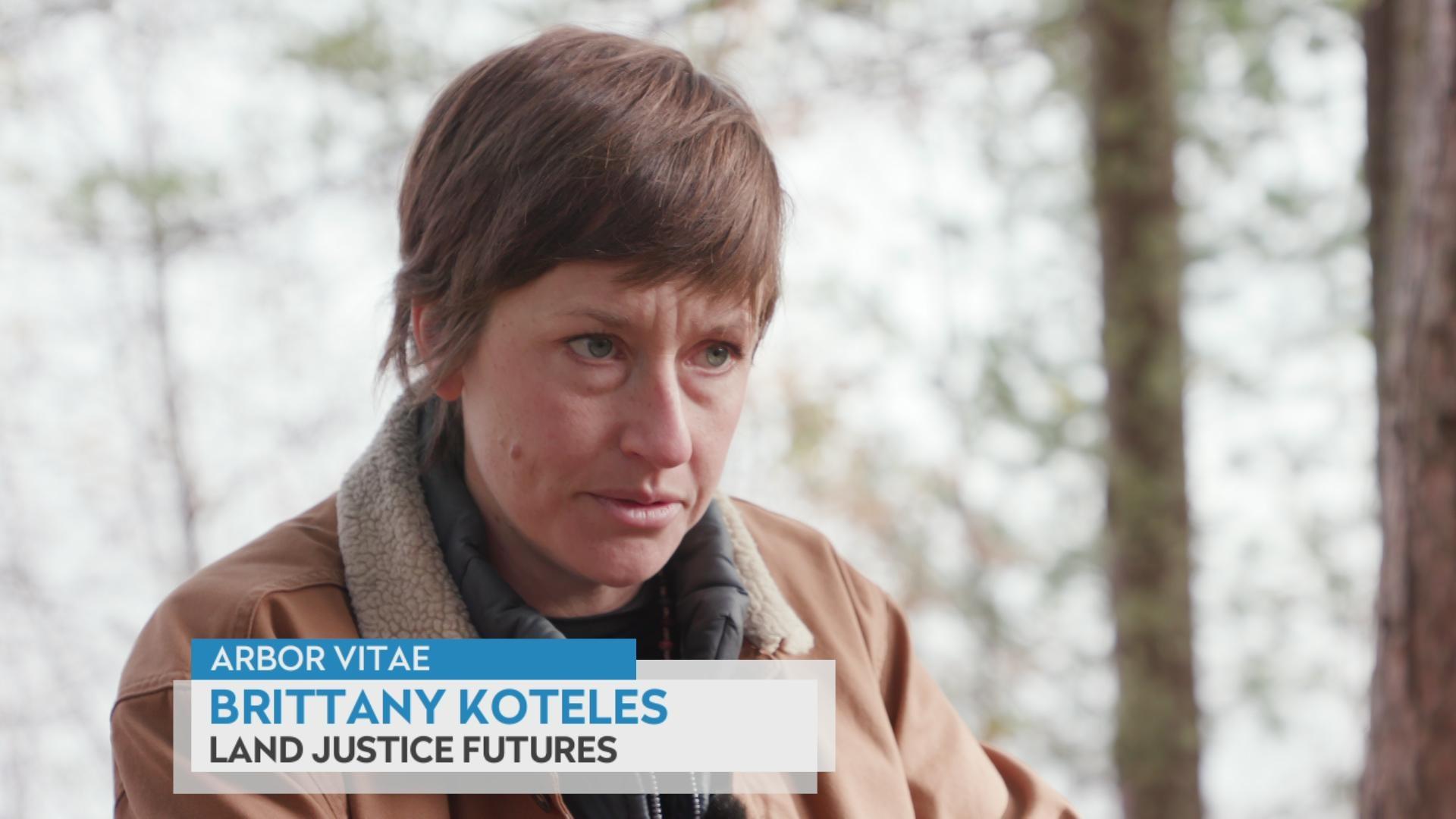

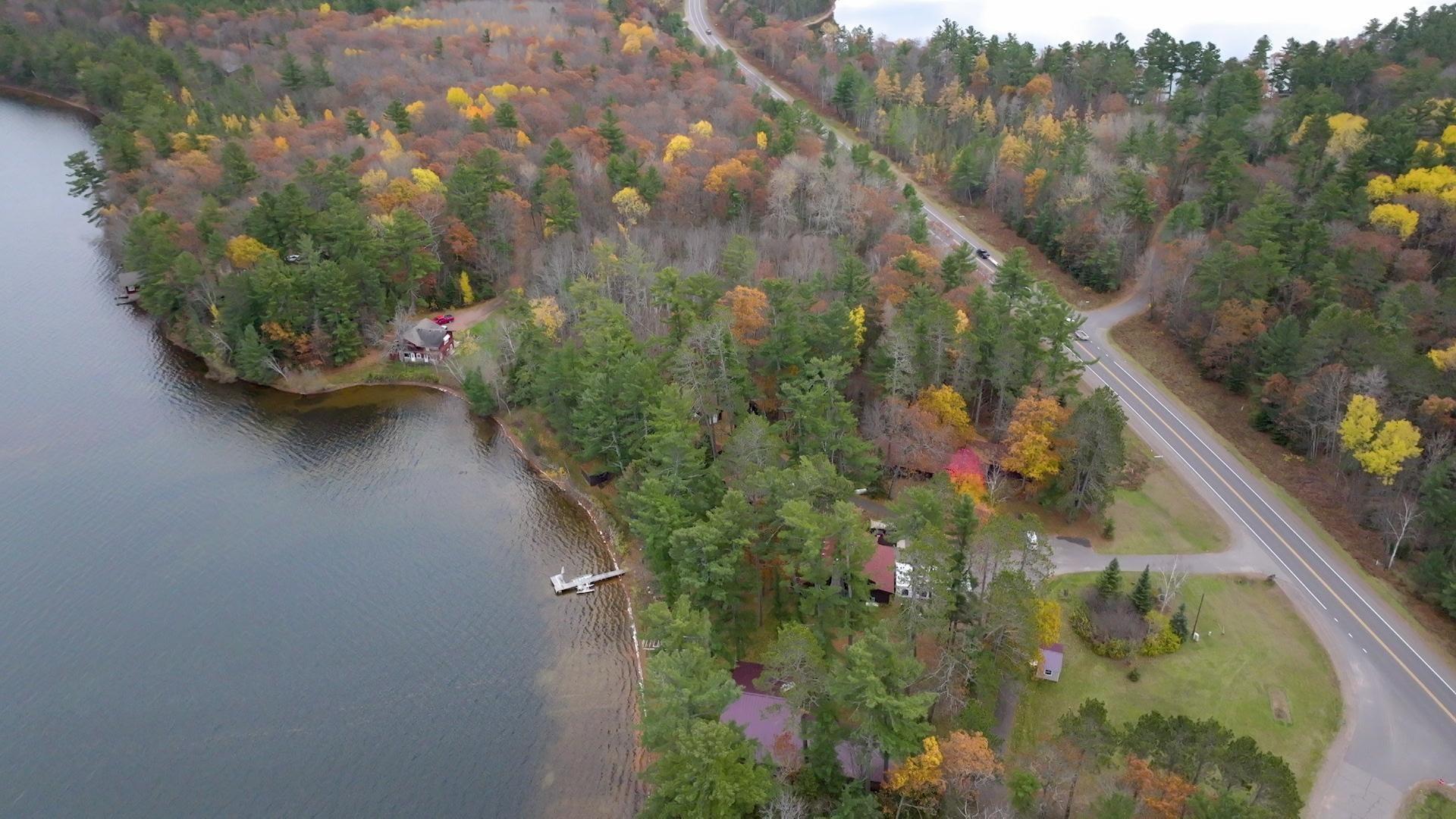

Follow Us